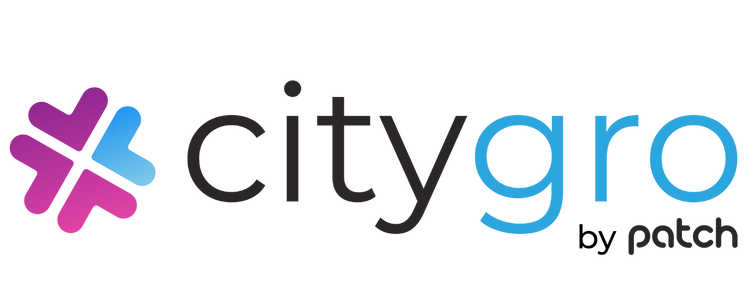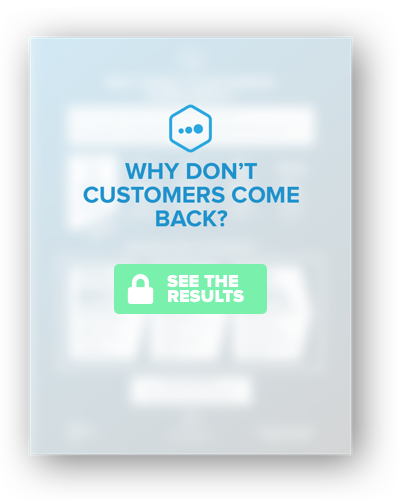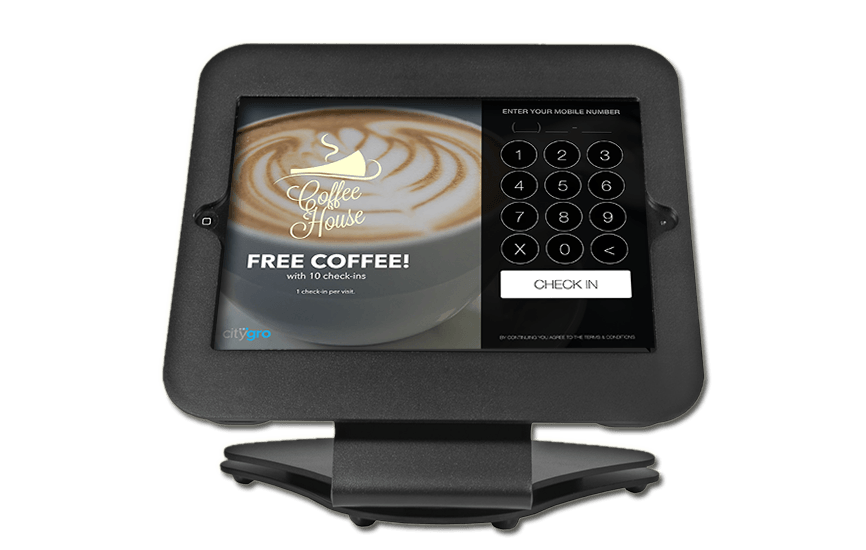CGL: Surprising Facts About Retention Marketing’s ROI
Transcript
Steve: All right. Welcome to another edition of CityGro live. Today we have Eric and I’m guest hosting. My name’s Steve. We’re grateful to be here joining all of you guys. So today’s topic is retention marketing and some of the benefits and the ways that we can receive ROI from retention marketing. Let’s jump right into it Eric. What is retention marketing?
Eric: Cool. That’s probably the best place to start. So just as it sounds, retention marketing really focuses on just retaining existing customers. Customers that have already been to your business rather than constantly trying to acquire and attract new customers. I think a lot of times when you think of marketing in general, you instantly think of growing a business through getting new customers in the door. And so this takes a different approach where it’s a little bit more focused on retention and just getting past customers to come back more often.
Steve: Awesome. So, there are so many different ways we can spend a marketing dollar, right? Why is retention marketing so effective? Why should I put my dollar there?
Eric: So I actually have a couple stats that might answer that question better than I could. In general, retaining customers is easier and a lot of times, less expensive than always getting in new customers. So a couple of stats that I’ll share. This one’s from Bain and company. It says it costs six to seven times more to acquire a new customer than to retain an existing one. And so it’s just far more expensive; constantly trying to get new people in the door than it is just getting the customers that have already been there before. A couple of other stats that might be kind of surprising when it comes to retention marketing or the lack of retention marketing, I guess. In an article I found on Forbes it says 60 percent of customers will not return after their first visit. So you think about that, and that’s pretty shocking that more than half of the customers that come through your door will never return. And so that’s why retention marketing is so valuable or important in a business model is, without it you’re losing out on so much lost revenue.
Steve: Oh yeah, absolutely. And you think about it; 60 percent and they’re not coming back. Then only 40 percent are naturally coming back. So putting your dollars towards them is really effective. But there are definitely some things you have to do to, to make retention work for you, or for your business. Such as making sure you get their information when they first come through that door the very first time. So you can reach out to them. Can we touch on that?
Eric: Well that’s really our first step. At least what we preach here at CityGro with retention marketing or the retention marketing cycle is: the first step is collecting customer information, right? And so, I guess as far as getting involved or how to make retention marketing effective, if you don’t have something in place; put something in place to start getting that information from customers. Collect information so that you can reach back out and stay connected with customers. A lot of times that’s neglected. I see it a lot, especially with small businesses. It’s just something that’s maybe not seen as a priority. And so they miss out on these customers that come through the door and there’s not really a plan in place to get them to come back.
Steve: Oh yeah. I can’t even name how many times I go into a business and there’s no attempt to get that information. And so you might say, “How do I get people’s information?” And like you mentioned, here at CityGro, we have some tools… But just generally speaking about loyalty programs; a lot of times those require a sign-up, to get information. We have “Enter for your chance to win.” There are numerous ways to collect a little piece of information. Even just asking for their permission to… do you want to join our text club, and stay in communication? And one thing I just wanted to point out to that is: the most important thing is to make sure you have a good product. People want to return to that, but people oftentimes need to be reminded to return to visit your establishment. Even though they did enjoy the experience the first time; it needs to be brought top-of-mind later on in the cycle and you can get them right back to what brought them there in the first place.
Eric: That’s your number one retention tool, right? Have a good product, service, experience. Something that people actually want to buy or pay for. But then on top of that, a lot of times it is top-of-mind awareness, just doing things to get customers to come back. Maybe they forgot about the business. And you think about it, especially the stat I shared about 60 percent of customers aren’t coming back. You know, you’re already overcoming so many barriers just getting them in the door. I mean that’s a big job. Just getting a new person to come in the door, it costs a lot of money to get those people to come in. So by all means, you want to make sure they keep coming back.
Steve: And some of the big corporations do a great job of this if you think about it. I recently stayed at a Marriott hotel and obviously I had to sign up for an account at Marriott.com to make that reservation. Once I did that; Yes, they got my permission to send me emails. Did I get an email right after that asked me to review it? Yes. Did I get emails three weeks later saying, “Let’s talk about your next trip.” That happens all the time. The small businesses can do this as well and we just have to be creative and consistent in creating your approach to having a good retention marketing program. But if your business has any reason to create a sign-up, whether that’s because people have to sign a waiver when they come through, get their information and start a process. That’s where it begins and get them to come back; create a drip campaign to get those people to come back.
Eric: I think that’s obviously important. Create that plan and then create consistency. So you start with the first step of collecting customer information and then make sure you have a plan in place. Know who your customers are. Whether they’d respond better to emails or text messages or sending them a postcard in the mail. Find out what they respond to best and then put that plan in place and remain consistent with it. I think that’s probably one of the worst things that can happen is when people decide, “Oh, I’m going to focus on retention.” They do it for a month and then it just kind of falls. And then they complain that it didn’t work, right? And so make sure you create that plan and remain consistent.
Steve: Absolutely. So I’ve got one last question for you and that’s: What kind of return on investment can I expect when I implement the program? What can I expect after that?
Eric: So this is a pretty loaded question and a hard question to answer. Because it’s different for every business, it’s different for every industry. When we look at ROI with retention marketing, we primarily look at three things: First is the average ticket price. What does an average customer spend when they make a purchase from your business? And that’s going to kind of determine ROI and in what kind of return you can expect. The second is how many customers you can collect information from. So whether that’s through a VIP program, rewards program, a text club, email club, whatever it is. How many customers’ information can you gather, right? And then the third is how much can you increase their spend or their frequency? And so you look at all of those. How much are they spending? How many people have joined? How often will they come back? That’s how you really can gauge an ROI and really see how the retention marketing’s working for you.
Steve: Yeah. Absolutely. One side of that as well is that it doesn’t cost a lot to get that program started. Sometimes it can be as cheap as just having a paper and a pencil and getting…
Eric: And a Gmail account.
Steve: And a Gmail account. And that’s usually where people start. But when you get a little bit more advanced and want to make it a little bit more automated, you can invest in a marketing software. And there’s plenty of those out there that have a lot of different price ranges. But it’s not that expensive. When you’re dealing with automating thousands of customers coming to your door, it really pays off. It pays off quickly.
Eric: And I think the reason it pays off quickly… We’ve already talked about this a little bit. But once again, they are people that have already been to your business. They know your product or your experience. They know what to expect. So you’ve overcome so many barriers already, so it’s a lot easier to get them to come back and make your marketing money work for you.
Steve: Well, you’ve talked me into it. Where do I sign up? Just as parting advice, get it started. Get it started as quickly as you can. Thanks, Eric, for joining us today and we’ll see you guys next week.






 Get this section from Jon. Get this section from Jon. Get this section from Jon. Get this section from Jon. Get this section from Jon. Get this section from Jon. Get this section from Jon. Get this section from Jon. Get this section from Jon.
Get this section from Jon. Get this section from Jon. Get this section from Jon. Get this section from Jon. Get this section from Jon. Get this section from Jon. Get this section from Jon. Get this section from Jon. Get this section from Jon.

